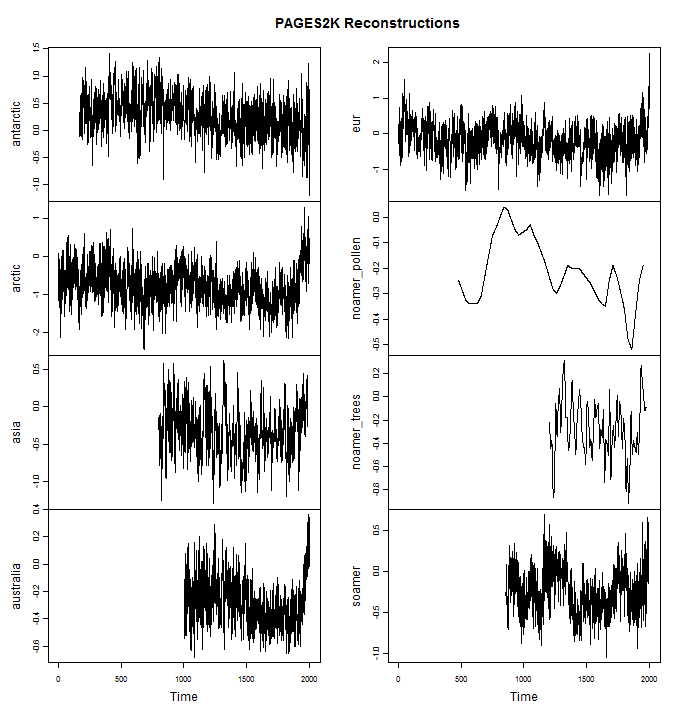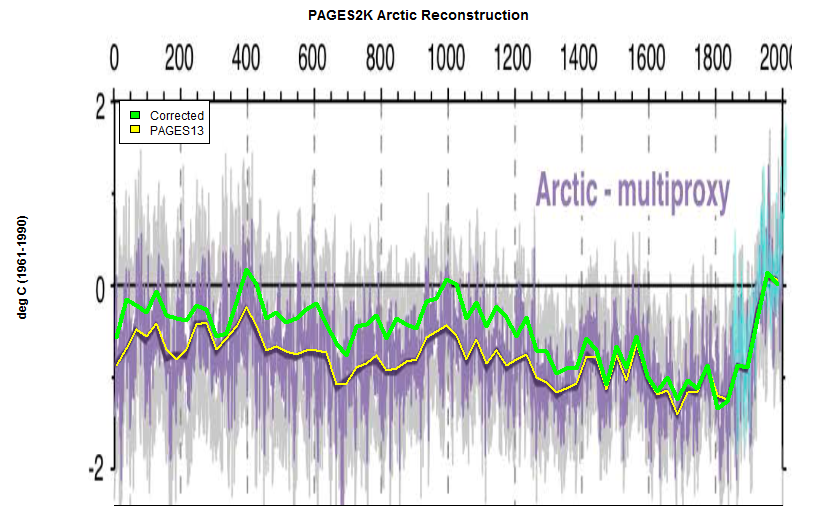- Thread starter
- #121
here is some of the correspondence between Gergis et al and the Journal which originally accepted it. note the strong suggestion that this paper be used to show the robustness of proxy selection by different methods. it wasnt and the paper became a zombie.
Karoly and Gergis vs Journal of Climate Climate Audit
Karoly and Gergis vs Journal of Climate Climate Audit




